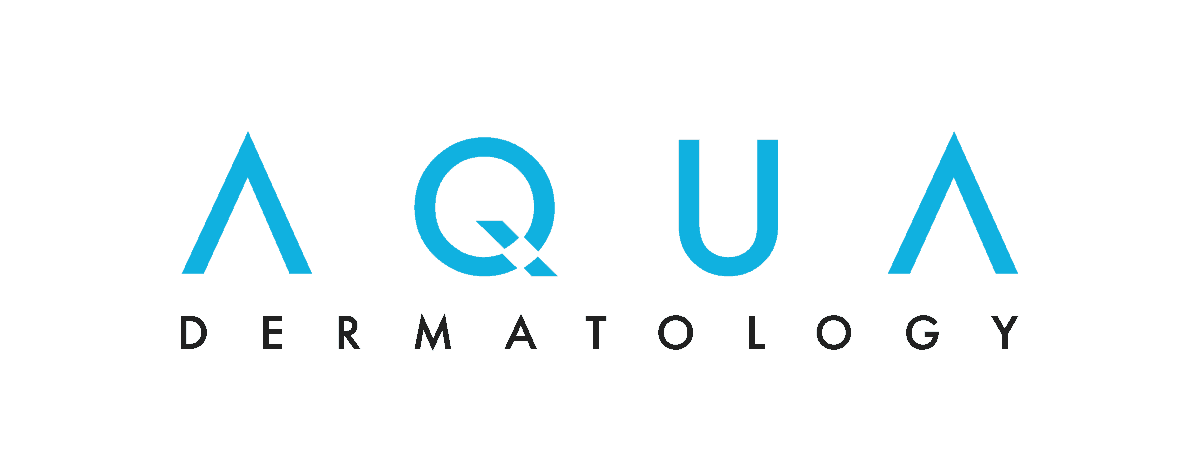
Medically reviewed by Daniel Gutierrez, PA-C
Even with treatment, rosacea often comes and goes like thunderstorms in summer. You can’t control the weather, but you can reduce your rosacea flares by making tweaks to your daily routines. Rosacea self-care measures can also help your rosacea treatment work better.
Here are the tips dermatologists recommend for practicing rosacea self-care while you’re undergoing treatment. (Word to the wise: Don’t try to tackle rosacea on your own. Without treatment, it may get worse and become harder to tame.)
Avoid your rosacea triggers
Avoiding your triggers as much as possible is the best thing you can do to keep facial flushing and rosacea rashes away. Common rosacea triggers include:
- Sunlight
- Heat
- Wind, cold and humidity
- Stress and anxiety
- Spicy foods
- Other foods
- Hot beverages
- Alcohol
- Menopause
- Exercise
- Some cosmetics
- Chemical sunscreens
- Certain medications, such as vasodilators
- Excessive use of topical steroids
Keep a diary to figure out what triggers your rosacea flares. Some triggers, such as menopause, may be out of your control, but avoid the ones you can steer clear of. If you can’t sidestep the stress in your life, manage it with a stress-reducing habit such as yoga, meditation or deep breathing.
Use gentle, fragrance free skin care products
If you have rosacea, you probably have sensitive skin, so you’ll want to treat it with TLC. That means using gentle, non-irritating skin care products. To further reduce the chances of skin irritation, practice skinimalism: Use only a few basic skin care products instead of cramming your medicine cabinet with a dozen products all designed to do different things.
Best face wash for rosacea
Wash your face morning and night, and choose a non-soap face wash that is pH balanced and designed for sensitive skin. Good picks include:
- EltaMD Foaming Facial Cleanser
- Cetaphil Gentle Skin Cleanser
- Vanicream Gentle Facial Cleanser
- Cerave facial cleansers (these come in different types for dry, very dry or normal-to-oily skin)
Use your fingertips, not a washcloth, to work in the cleanser. Rinse thoroughly with lukewarm water and gently blot your skin dry with a soft towel.
Best moisturizer for rosacea
Whether you have dry or oily skin, using moisturizer is a must. It helps keep your skin properly hydrated, which can reduce irritation. It can also counteract dryness caused by some rosacea treatments.
Choose a moisturizer that’s formulated for your skin type and doesn’t contain fragrances or parabens. Bonus ingredients to look for that reduce redness and irritation include green tea and niacinamide (vitamin B3). Ceramides help repair a damaged skin barrier.
Dermatologist-approved moisturizer choices include:
- Vanicream Daily Facial Moisturizer for Sensitive Skin
- Eucerin Redness Relief Night Crème
- Cetaphil Redness Relieving Night Moisturizer or Daily Facial Moisturizer
- La Roche-Posay Toleriane Double Repair Face Moisturizer
Use sunscreen without fail
Sun exposure is one of the most common rosacea triggers. Stay in the shade when possible, wear a broad-brimmed hat to shield your face and always put on a broad-spectrum sunscreen before heading outside. If you use a topical rosacea medicine, apply it first, then apply the sunscreen.
Some people with rosacea find that ingredients in chemical sunscreens irritate their face, so the best sunscreens for rosacea are mineral sunscreens, which contain zinc oxide and/or titanium dioxide. Sunscreens dermatologists recommend include:
- Elta MD UV Clear SPF 46
- Paula’s Choice Redness Relief SPF 30 Mineral Moisturizer
- CeraVe 100% Mineral Sunscreen SPF 50
- Skinceuticals Physical UV Defense SPF 30
There is no permanent cure for rosacea, but with the right treatment for your type of rosacea coupled with smart rosacea self-care, you reduce your flares and the frustration and embarrassment that may come with them.
Written by Marianne Wait, an award-winning health and wellness writer based in New Jersey.





